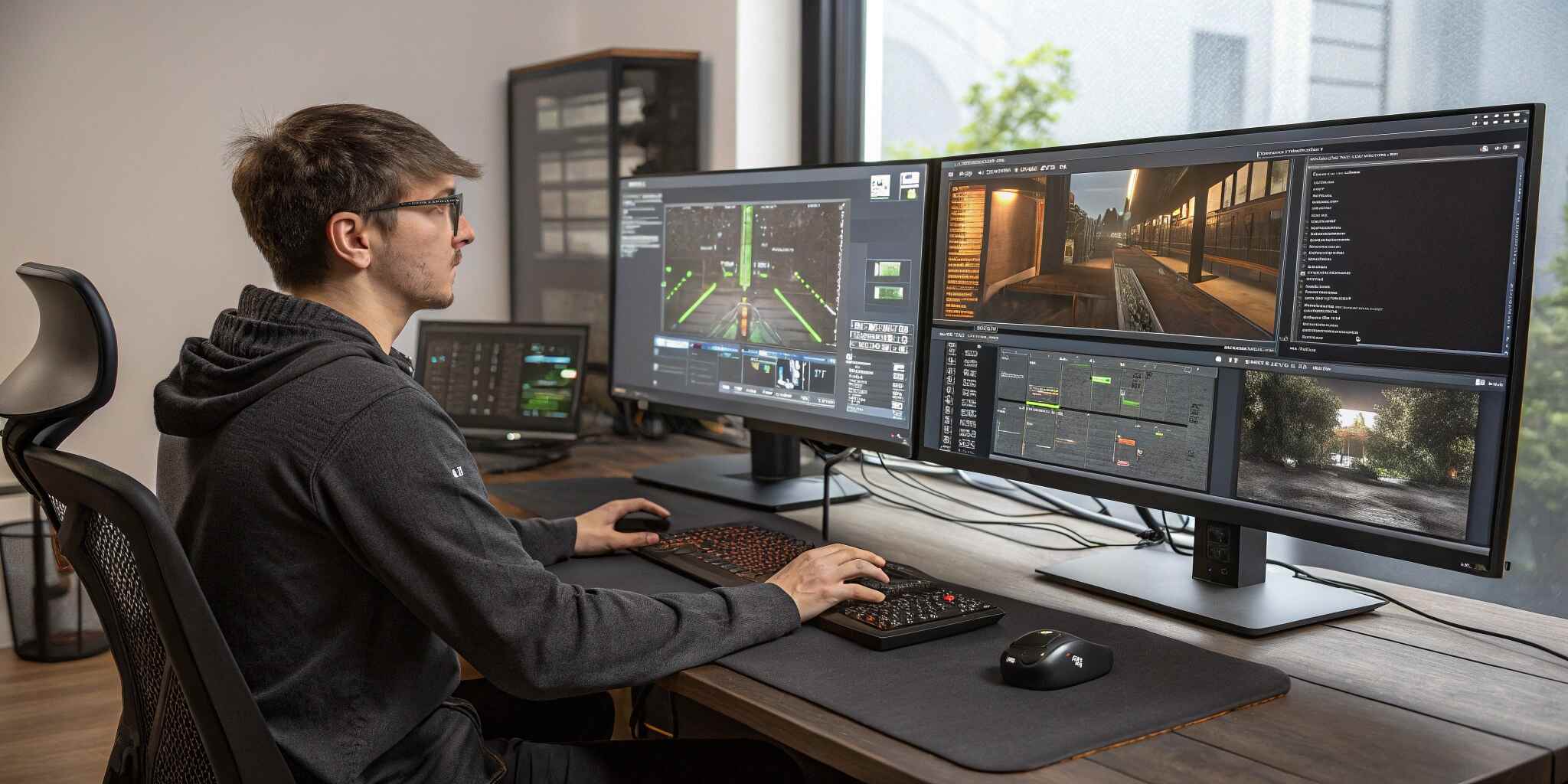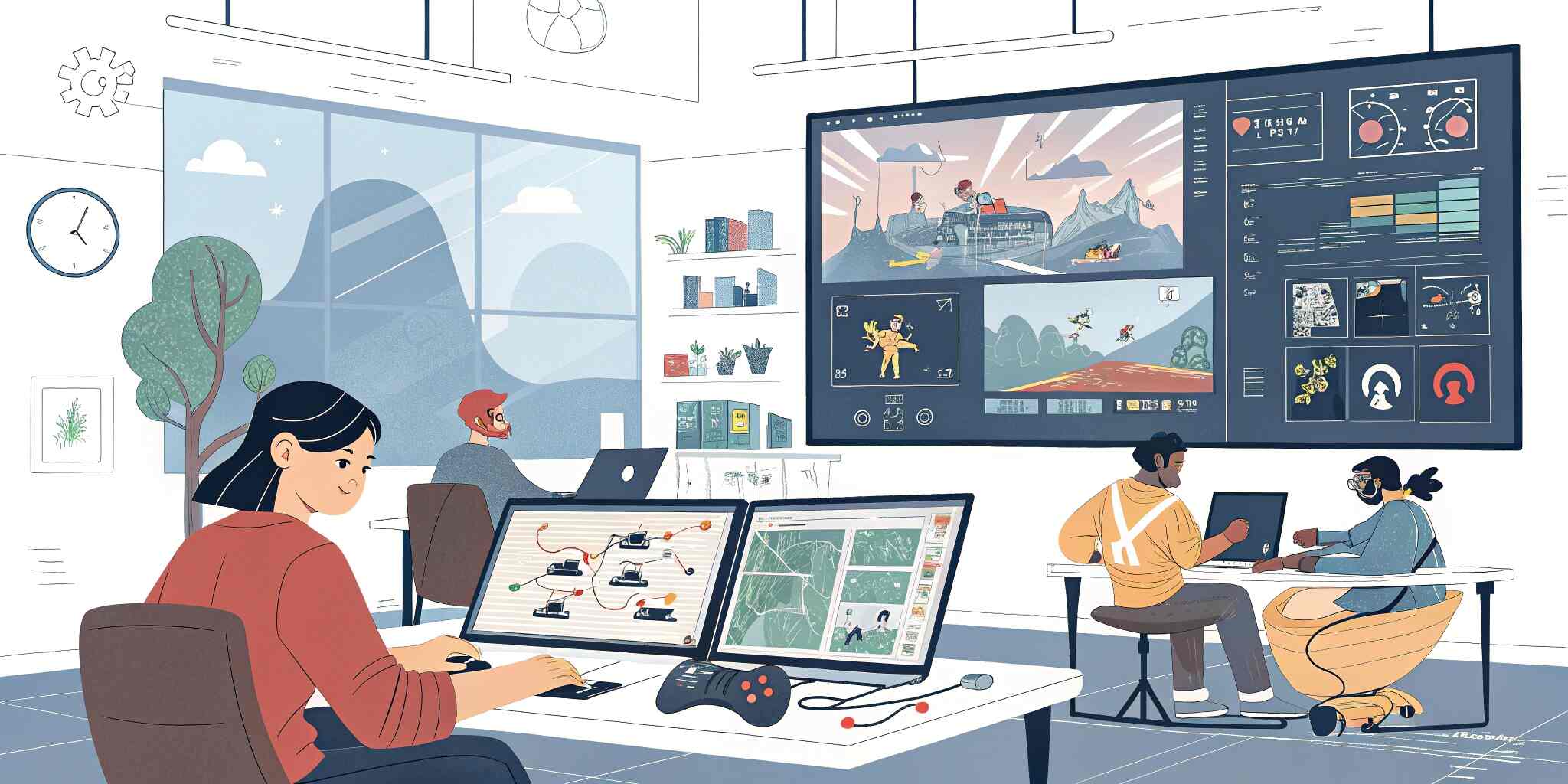Introduction
As technology advances, visual fidelity in digital environments has reached stunning new heights. At the heart of this visual revolution are two key innovations: hyper-realistic graphics and ray tracing. These technologies are transforming how we perceive and interact with digital content—especially in gaming, simulation, architecture, and film.
What Are Hyper-Realistic Graphics?
Hyper-realistic graphics aim to replicate real-world visuals with incredible detail—textures, lighting, shadows, and animations that mimic physical reality. Leveraging high-resolution assets, real-time rendering engines, and AI-driven enhancements, developers can now create scenes almost indistinguishable from the real world.
The Role of Ray Tracing
Ray tracing simulates how light interacts with objects in a 3D environment. It traces the path of rays as they bounce off surfaces, creating accurate reflections, refractions, and shadows. This results in more natural lighting and a cinematic experience. Once only possible in high-end CGI for films, ray tracing is now entering real-time applications through GPUs from NVIDIA, AMD, and consoles like the PlayStation 5 and Xbox Series X.
Use Cases Across Industries
- Gaming: Games like Cyberpunk 2077 and Minecraft RTX have demonstrated the stunning impact of ray tracing.
- Film & Animation: Studios use ray tracing to produce photorealistic visual effects faster.
- Architecture & Design: Architects visualize building designs in hyper-realistic environments, aiding decision-making and client presentations.
- AR/VR & Simulations: Immersive experiences rely on accurate lighting and shadows for realism, making ray tracing a game-changer.
Challenges & Considerations
While these technologies are groundbreaking, they require powerful hardware and optimized software. Developers must balance visual quality with performance to ensure smooth user experiences, especially on mobile or mid-tier devices.
The Road Ahead
With the rise of AI-driven upscaling, cloud rendering, and efficient ray tracing APIs (like Microsoft’s DirectX Raytracing and Vulkan), hyper-realism is becoming more accessible. As tools continue to evolve, we’re moving closer to true real-time photorealism across platforms.
Conclusion
Hyper-realistic graphics and ray tracing represent a paradigm shift in visual technology. Whether for immersive gameplay, high-end simulations, or cinematic storytelling, these innovations are redefining what’s visually possible—and we're just getting started.


